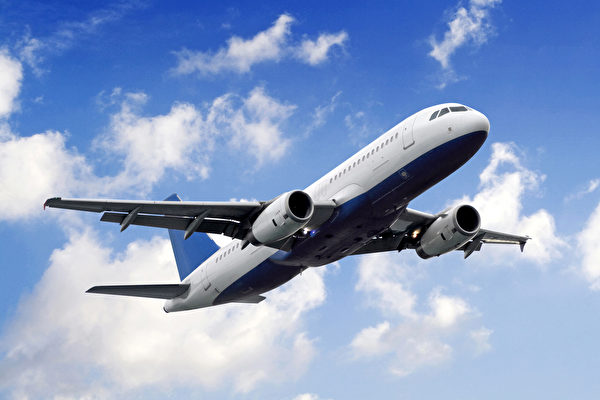Airline passengers may have noticed that the air conditioning inside the aircraft cabin is usually set very cold, requiring additional clothing, especially on international flights. Why is that the case? Professionals have provided detailed explanations.
According to a report by The Huffington Post, veteran international flight attendant and blogger Jay Robert explained that when the aircraft is parked at the boarding gate, it typically uses external air conditioning equipment, which you may have noticed as the “huge yellow tube connected to the aircraft.”
While the aircraft is on the ground, it also utilizes auxiliary power units located at the rear of the aircraft to cool the cabin. And when the aircraft is flying in the air, it relies on the onboard air conditioning system. Once the engines are running, this system activates.
Robert stated that during flight, “the pilots control the main thermostat, and then the cabin crew can adjust it slightly up or down using their cabin control system.” If significant adjustments are needed, the cabin crew must request the pilots to do so.
Taylor Garland, a spokesperson for the Association of Flight Attendants in the United States, mentioned that although many airlines have set cabin temperature policies, the U.S. Department of Transportation has not yet established federal regulations for cabin temperature and is currently under discussion.
Garland pointed out that the temperature inside the aircraft cabin is controlled by regions, which vary depending on the aircraft type and size.
She said, “It’s not a perfect science. If an area is large or if a temperature sensor is near a heat source – similar to the thermostat at home being near a heater vent – the system may think the cabin is hotter than it actually is.”
This can lead to the cooling system adjusting the temperature more than necessary, causing people in that specific area to feel very cold.
Furthermore, Garland mentioned that the cabin temperature is usually intentionally set cooler, which is beneficial for both passengers and flight attendants. For flight attendants, a hot cabin is more challenging to deal with than a cold one.
For example, research by ASTM International found that high temperatures combined with pressure inside the cabin can cause people to faint.
Epoch Times previously reported a case of passengers fainting due to high cabin temperatures. On July 14, 2018, a China International Airlines plane did not turn on the air conditioning after passengers boarded, leading to multiple passengers collapsing and requiring medical attention as the cabin temperature reached 40 degrees Celsius, ultimately resulting in the flight being cancelled.
Robert mentioned working on the world’s largest commercial aircraft accommodating over 600 passengers. One thing he regularly checked was that the cabin temperature did not exceed 73 degrees Fahrenheit (22.8 degrees Celsius). Sometimes he encountered situations where passengers fainted two or three times. Whenever he checked the temperature, it was above 75 degrees Fahrenheit (23.9 degrees Celsius).
He explained that the cabin air is already very dry and dehydrating. When the cabin is hot, people lose moisture more quickly. Therefore, “a cold cabin helps counteract the severe damage to the body caused by dry air.”
Higher temperatures can also make odor molecules more likely to spread in a crowded cabin, making unpleasant smells more noticeable, such as the smell emitted when someone removes their shoes. Therefore, keeping the cabin temperature a bit lower also helps suppress such occurrences.
In addition to the aforementioned reasons, Rosen Aviation, the U.S. aerospace company that designs and constructs aircraft cabins, also mentioned other reasons on their website.
The website mentioned that a cooler cabin may reduce the risk of passengers contracting diseases. By reducing the moisture in the air and using strong air conditioning systems to remove microbes, lower temperatures can reduce the spread of bacteria, which are more active in warmer cabins.
Another reason is that people tend to remain more alert in cooler temperatures. In case of emergencies, passengers can listen more effectively to safety instructions from the flight attendants and react more promptly.
And aircraft systems operate more effectively in colder conditions. Cold air is crucial for cooling systems, maintaining optimal temperatures for the cabin and engines, which can enhance the overall efficiency and lifespan of the system.
The website stated that to ensure the health and comfort of passengers, cabin temperatures are typically maintained between 71 and 75 degrees Fahrenheit (21.7 to 23.9 degrees Celsius). While this temperature range may not seem cold, the actual experience is quite different.
As for how passengers can cope with the chilly air conditioning inside the cabin, Robert advised, “Always wear multiple layers of clothing so you can control your own temperature.”
He also recommended that passengers carry a lightweight sweater, wear socks, and bring extra water. Even if you are heading to a warm tropical destination, you should be prepared with warm clothing for the varying temperatures inside the airplane cabin.

